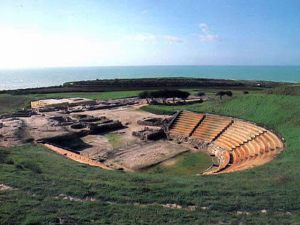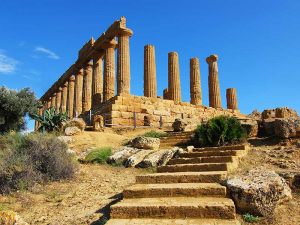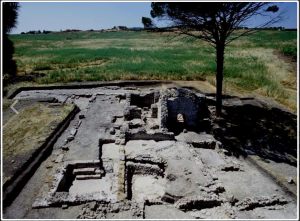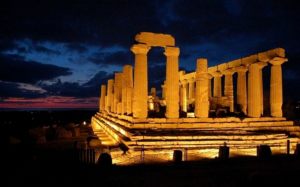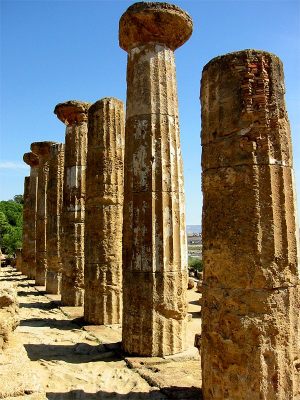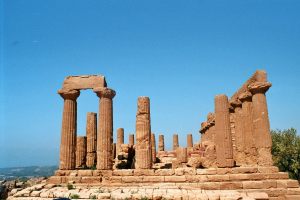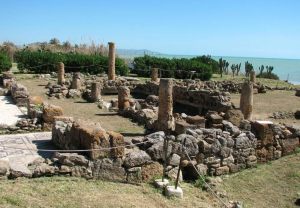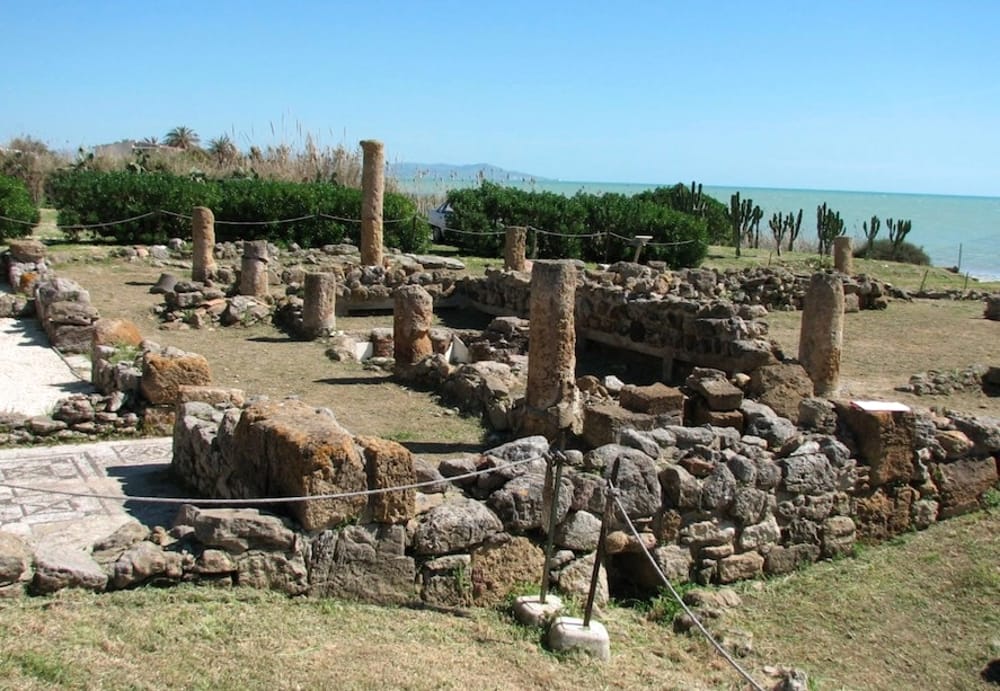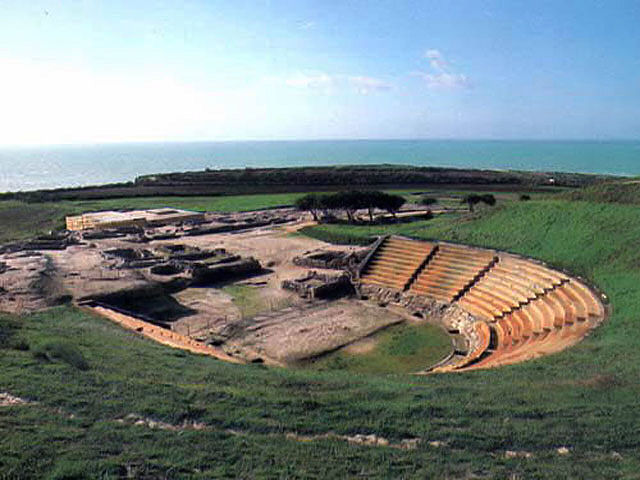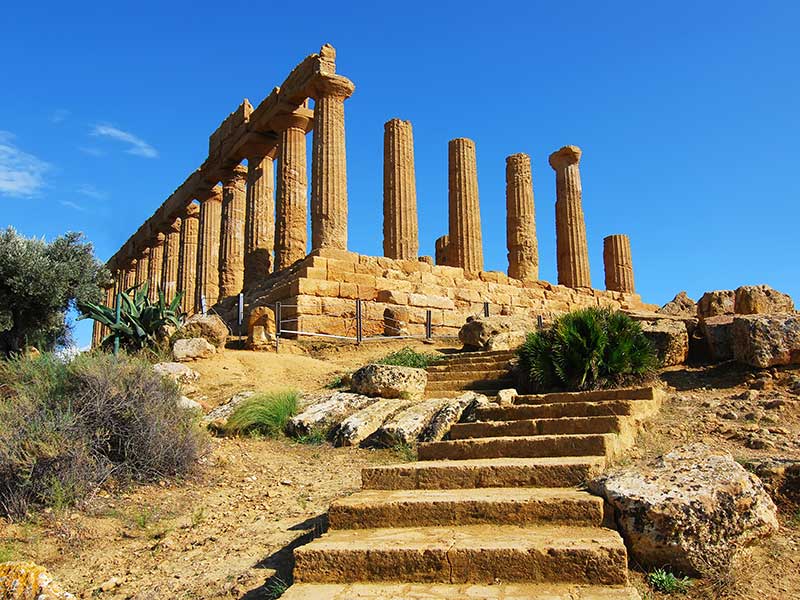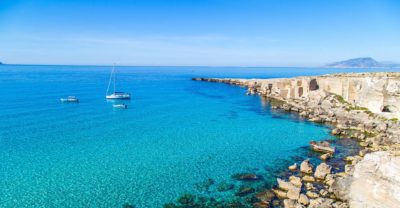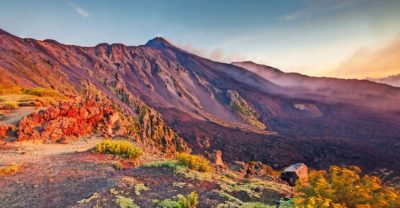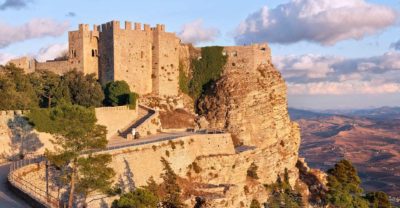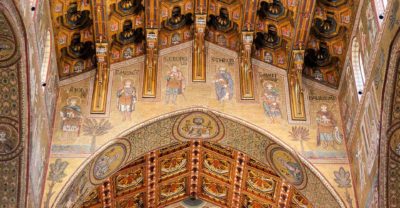Archeological sites
Agrigento
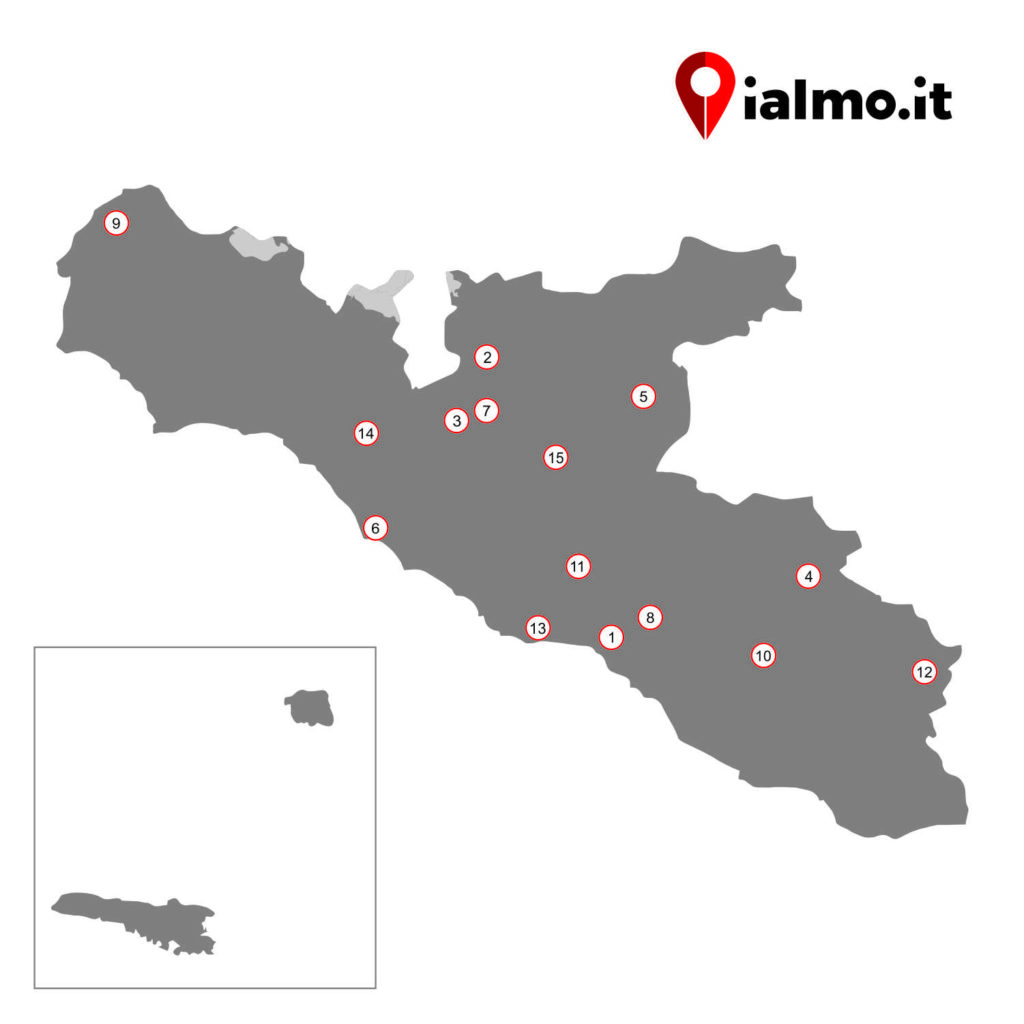
Valle dei Templi, Agrigento: In 1997 the Valley of the Temples was declared a UNESCO World Heritage Site. The sacred buildings, arranged to the east to accommodate the light of the rising sun, were erected during the 5th century BC following the dictates of the Doric style. The Temple of Concordia in the sixth century was transformed into a church, while in the Temple of Juno, dedicated to the goddess Hera Lacinia, protector of marriage and childbirth, wedding ceremonies were held. The Temple of Heracles is the oldest and preserved the bronze statue of the hero. At Olympian Zeus was instead dedicated the temple erected in honor of the battle of Imera of 480 BC, when the inhabitants of Agrigento defeated the Carthaginians. The city symbol remains, however, the Temple of Castor and Pollux, which celebrates the Dioscuri, but also plays a role of absolute value the Temple of Vulcan, which is linked to the legend of the god of fire that under the Etna made the lightning of Zeus helped from the Cyclops. The Temple of Aesculapius, finally, collected the pleas of the sick people inscribed on the walls. The Tomb of Terone’s pyramidal recalls the fallen in the Second Punic War. Another important archaeological site is the Rupe Atenea, the highest point of the ancient city of Akragas, where remains of a Hellenistic crusher have been found and where one of the numerous temples of the chthonic deities is preserved, now incorporated in the medieval church of San Biagio.
Cozzo Turco, Alessandria della Rocca: the whole area of Cozzo Turco is an area of the highest archaeological interest. The scholars have in fact identified in the area the remains of a Roman settlement of the imperial-Byzantine era and some finds found on the site would confirm that the settlement can be dated between the VI and the I century a.C. In the same area there is also a tomb in Tholos dating back to the VIII century BC Of great importance in the territory of Alessandria della Rocca are also the Sicilian Necropolis “Gruttiddri”, in the district of Chinesi, and the Sicilian Necropolis “Lurdichedda”.
Necropoli Millaga, Bivona: in the Millaga district the remains of a Necropolis of uncertain date have been found. Most of the graves are dug into the limestone and are of various sizes but on this site are also received graves of different types with the pit dug directly into the ground. The dating of the Necropolis could date back to the Roman age thanks to the discovery of an imperial amphorae point.
Archaeological site of Vito Soldano, Canicattì: six kilometers from Canicattì the archaeological site of Vito Soldano develops for 40 hectares, one of the few Roman-Byzantine centers identified and where ancient city remains have emerged over time. The site has been found finds belonging to different historical periods, in particular coins of the highest historical and archaeological value.
Hermitage of Santa Croce, Casteltermini: located on the slopes of Mount Pecoraro, three kilometers west of the town. Inside the building there is a large wooden cross (3.49 m in height and 2.5 m in the opening of the arms) also known as the Paleochristian Cross. The Cross has been dated to the first century AD and it would therefore be the oldest wooden cross ever found. According to legend, the cross was accidentally found by some shepherds intrigued by the behavior of a cow who for several days would kneel in the same spot: here the shepherds dug and found the cross.
Eraclea Minoa, Cattolica Eraclea: the archaeological site rises in the place where according to Herodotus the ancient Greek city of Minoa was founded by the Selinuntians. Archaeological excavations were undertaken in a systematic way starting from 1950. Of great interest are the Theater, built at the end of the 5th century BC, the Hellenistic dwellings district and the Antiquarium that collects a selection of ceramic finds and votive statuettes coming from the inhabited area and the necropolis.
Grotta del Monte Cavallo, Cianciana: the archaeological site of the Grotta di Monte Cavallo includes some of the most interesting caves in the surrounding area where pottery dating back to the Copper Age and the early Bronze Age was found. Still noteworthy are the findings in Contrada Cianciana and the archaeological site of Bissana where fragments of ceramics from the Roman and medieval periods have been found.
Paleo-Christian Necropolis of Contrada Stefano, Favara: archaeological site of great interest that presents evidence of life dating back to the early Bronze Age and from the Roman-Byzantine period to the Norman period. The site also includes more than one hundred tombs excavated in the open rock and dating back to the fifth and sixth centuries AD.
Site of the district Caliata, Montevago: since 1988, thanks to the interest of the Superintendency for Cultural and Environmental Heritage of Agrigento, the area has been the object of systematic excavations thanks to which it has been possible to identify the remains of a Muslim house referable to three distinct phases. Still to be noted in the south of the village of Montevago, and precisely in the district of Mastragostino, the remains of a Roman rustic villa dating back to the II century. B.C.
Early Christian catacombs, Naro: in the vicinity of the Paradiso district, rural tombs with niche and arcosolium have been found. The largest of the catacombs is called Grotta delle Meraviglie and is about 20 meters long. Other archaeological sites of relevance in the territory of the municipality are that of Contrada Furore where artifacts dating back to the Copper and Bronze Age and the ruins of the Castellaccio, an ancient fortress built by the Sicani in 1240 BC were found. about.
Cozzo Busonè, Raffadali: on the site were identified tombs in the oven, room with stone and ceramic objects and cave tombs of the Eneolithic period. Other sites of archaeological interest in the area include: Monte Guastanella; Cozzo Pietrarossa; Colle di Palombara; Contrada Torrevecchia and Grotticelle where the so-called “sarcophagus of Raffadali” of the Roman age and depicting the rape of Proserpina was found.
Monte Saraceno, Ravanusa: of great importance the archaeological site of Monte Saraceno which extends for 15 hectares and which appears to have been inhabited by the Sicani between the eighth and sixth centuries BC and subsequently from the Greeks up to the first decades of the III century a.C. In addition to the village itself, the ancient necropolis has also been identified at the foot of the hill towards the river.
Roman Villa of Realmonte, Realmonte: discovered in the early twentieth century but dating back to the first century AD, the Villa is located in the seaside resort of Punta Piccola, a few kilometers from the town of Realmonte and the Scala dei Turchi. The structure is made up of the impuvium and of various rooms, some with floor waterproofed with inlaid marbles and others with polychrome mosaics depicting scenes and marine deities. Inside the Villa a thermal complex has been rediscovered that testifies the well-off economic status of its ancient owners.
Necropolis of Anguilla, Ribera: discovered in 1982 and probably dating back to the middle and late Bronze Age (XIII century BC), the Necropolis of Anguilla consists of artificial cave tombs and chamber tombs. Some tombs are preceded by a dromos, a long corridor from where one could access the real tomb made up of one or two chambers with a domed vault and a step on which the deceased was placed and the votive objects.
Protohistoric necropolis, Sant’Angelo Muxaro: of great archaeological interest is the protohistoric Necropolis with its large monumental tombs full of funerary objects. Among the tombs stands out that of the Prince, consisting of two circular chambers. Sant’Angelo would have chosen this tomb as a shelter for the hermitage after having freed it from the devil and this is why it is also called the Tomb of Sant’Angelo. The many archaeological finds found here are now kept in the museums of Agrigento, Syracuse, Palermo and the British Museum in London.
